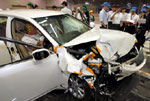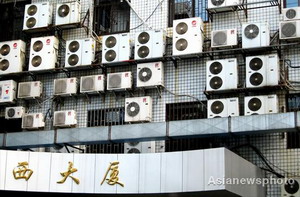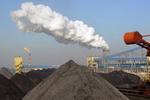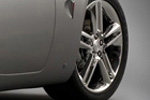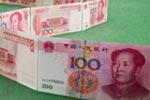Blind ambition to 'build bigger, go faster'
Updated: 2011-09-05 14:10
By Marvin Zhu (China Daily)
|
|||||||||||
Automakers expand even amid unused capacity
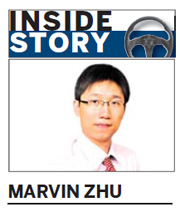 |
The erratic pursuit to "build bigger, go faster" prevails in fast-moving China - and the auto industry is no exception.
Since China surpassed the US to become the largest automotive market in the world in 2009, industry players are in a fierce race to expand.
Trillions of yuan have poured into the business over the past two years. Carmakers are in a frenzy to ramp up production.
The expansion drive is set to raise China's vehicle output to 31 million units by 2013, double the total of 2009.
Global automakers in China are more conservative. Accounting for nearly half of the total annual output of light vehicles, the total capacity of their joint ventures has increased steadily to 5.4 million units during the last four years - or about half the number Chinese carmakers have rolled out in the same period.
Hyundai and Volkswagen plan to add about 1 million units, while Nissan and GM will add just over half a million by 2013. Chasing a bigger market share, most global automakers are building new plants.
Currently, the average capacity utilization rate of their joint ventures is 96 percent. Leading automakers such as Shanghai VW, FAW-VW, Shanghai GM and Dongfeng Nissan have stated they are running 30 percent over their designed capacity. Some production lines are running 24 hours a day, seven days a week.
But expansion plans need to meet certain official requirements.
The China National Development and Reform Commission requires an automaker to build a new energy vehicle under a local brand to set up a new plant.
FAW-VW, one of the earliest joint ventures in China, which has strong relationship with the government, didn't get the green light for their new Foshan plant until they promised to roll out the Kaili, a locally branded electric vehicle.
Chinese companies are much less constrained. They are theoretically required to make use of existing capacity through a merger or an acquisition before a new plant is allowed to be built. But that requirement is not strictly followed.
With a utilization rate of around 60 percent, Chinese automakers, especially the State-owned ones, are still aggressively expanding.
Chang'an Group, which has added 1 million units in the past two years, is planning 1 million more units by 2014. SAIC Group, including its own passenger vehicle business and the three-party JV SAIC-GM-Wuling, will double their total capacity from 1.2 million in 2009 to 2.6 million units by 2014. Chery, Dongfeng, FAW have grand expansion plans in the pipeline as well.
In the race to become the biggest builder of all, quality is often compromised. Also, State-owned automakers' R&D capabilities lag far behind global players and they have been relying heavily on the technology of foreign partners over the past decades.
Quality problems hit FAW and Dongfeng when demand fell and forced them to cut prices. Chang'an and Wuling, meanwhile, are under great pressure as inventory grows as a result of the decline in minibus demand after the expiration of government subsidies.
Despite the high cost of irrational expansion plans, the aggressive drive for growth continues. Apparently, size and speed matter most for decision-makers at the State-owned companies who seek political benefits at the expense of quality and taxpayer safety.
There are a few independent Chinese manufacturers such as Geely and Great Wall who build new capacity but try to ensure their products are of high quality and competitive.
As their sales grow, so does their capacity utilization rate. They stand out as all around them the majority of local players continue to go for bigger and faster above all else.
The author is a senior analyst at JD Power Asia Pacific.
Related Stories
July 'price war' challenged carmakers 2011-08-22 14:18
Automaker sees vehicle sales dropping in Q4 2010-05-26 11:14
Automaker profits surge in first quarter 2010-05-17 13:10
China's non-State automaker produces 2m cars 2010-03-26 15:11
Chinese carmakers predict sales rebound 2011-05-13 09:46
- CNOOC plans oil spill fund
- Survey reveals more confidence in milk products
- Structural challenges loom ahead
- Blind ambition to 'build bigger, go faster'
- Chery begins Venezuela assembly
- CNOOC says suspension to reduce production
- China to boost new-energy vehicle purchases
- Land prices in Chinese cities fall







